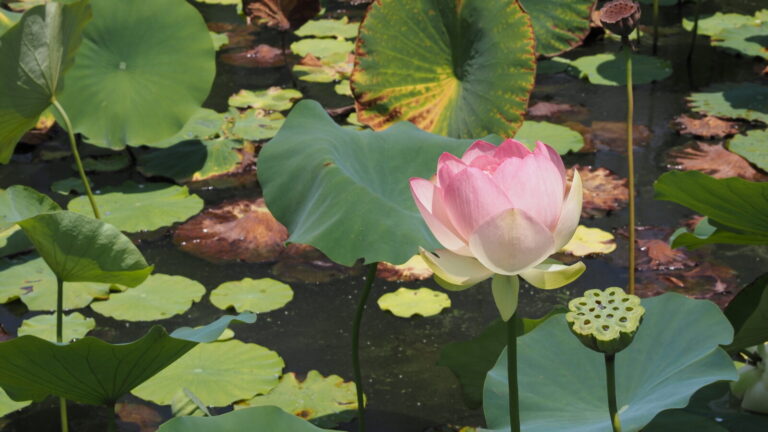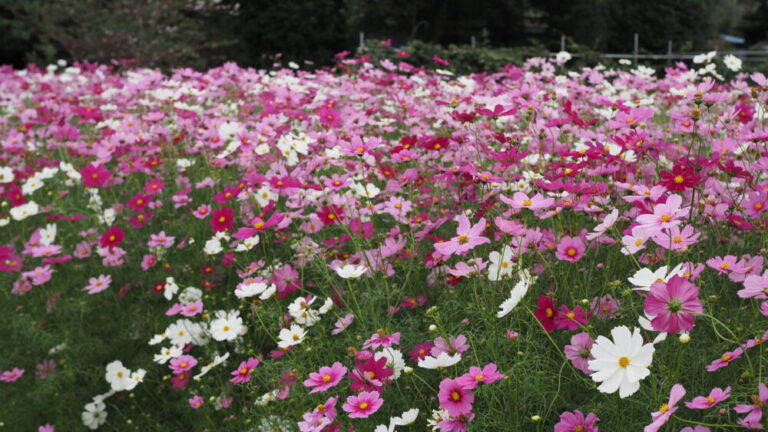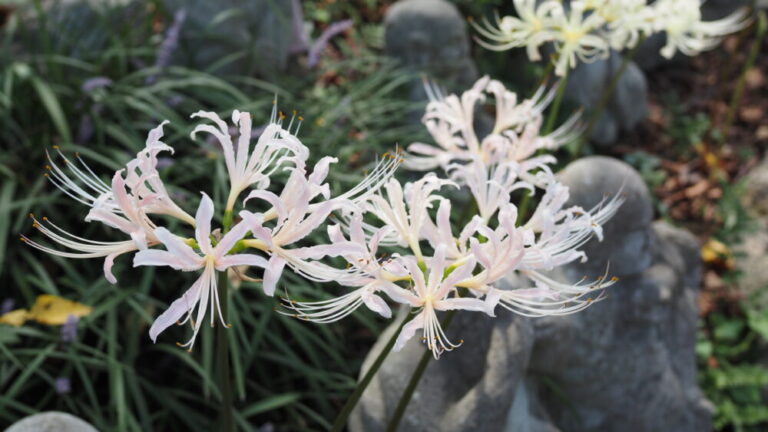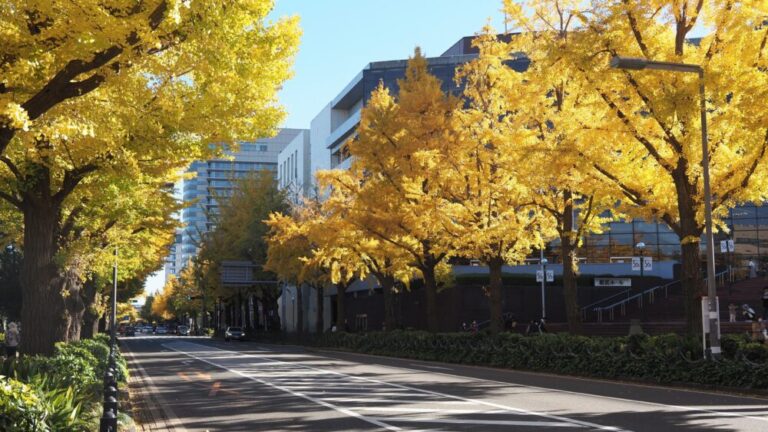Introduction
In Japan, as soon as Christmas ends, preparations begin for the biggest event of the year—New Year’s. The festive holiday atmosphere transforms almost overnight. In this article, I’ll share what people do in Japan to welcome the New Year.
In This Article
・What We Done For The Event
・Traditions of This Period
・The Busiest Time in Japan
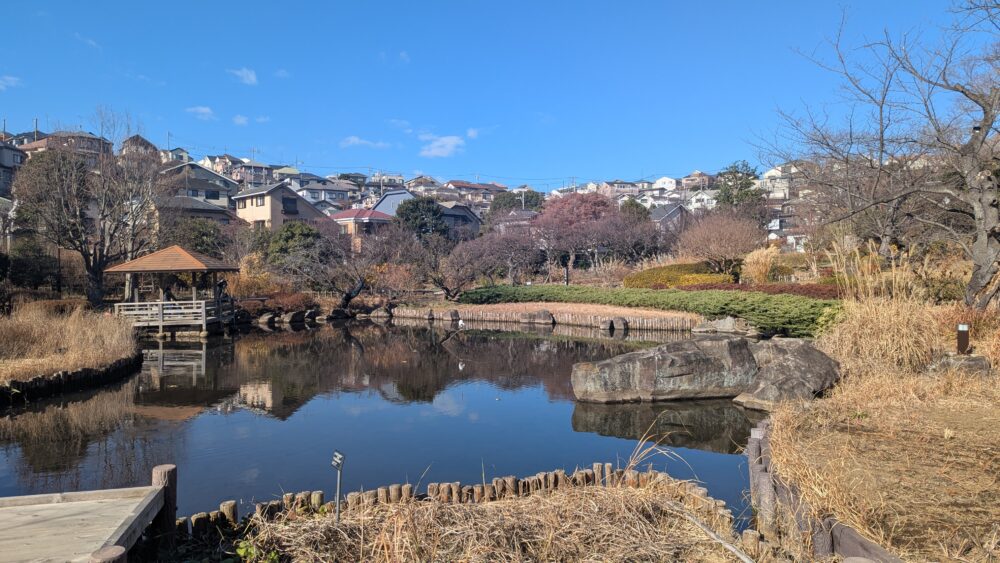
1. What We Done Until New Year’s
For Japanese people, the real holiday season called Shogatsu (正月) begins about two weeks after Christmas. Many take trips or return to their hometowns to spend precious time with family. As a result, the lively Christmas atmosphere gives way to a peaceful quiet. I’ll share what we do during this special time.
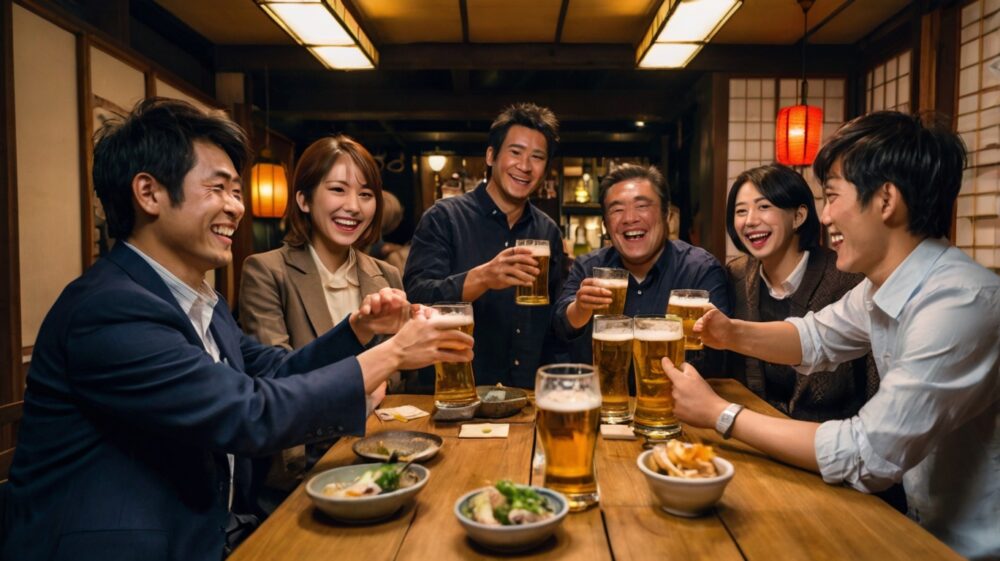
Reflecting on the Year
December in Japan is the season for Bonenkai or year-end parties. These gatherings bring together coworkers, friends, and social groups to celebrate the past year and let go of its challenges. Often held at restaurants or Izakaya bars, they feature drinks, delicious food, and lively conversation.
Bonenkai parties are a way to strengthen relationships and show appreciation to those who supported you throughout the year. It’s common for people to get a little tipsy, as letting loose is part of the fun.
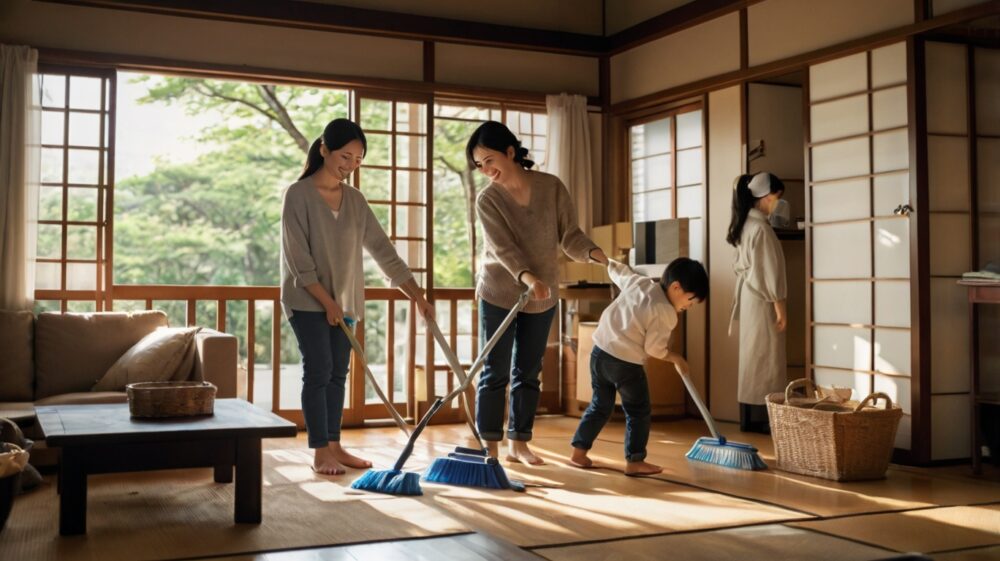
Preparing for the Next
Year-end cleaning, or Osoji, is an essential part of Japanese culture to welcome the New Year. Families and businesses thoroughly clean their spaces, scrubbing every corner and tidying up belongings. It’s not just about cleanliness but also a symbolic act of purifying the past year’s troubles and preparing for a fresh start. Windows are polished, floors are swept, and clutter is discarded.
This tradition embodies the Japanese value of respect for new beginnings. By the time the cleaning is done, homes and workplaces feel refreshed, creating A Sense of Accomplishment and Readiness for the new year ahead.
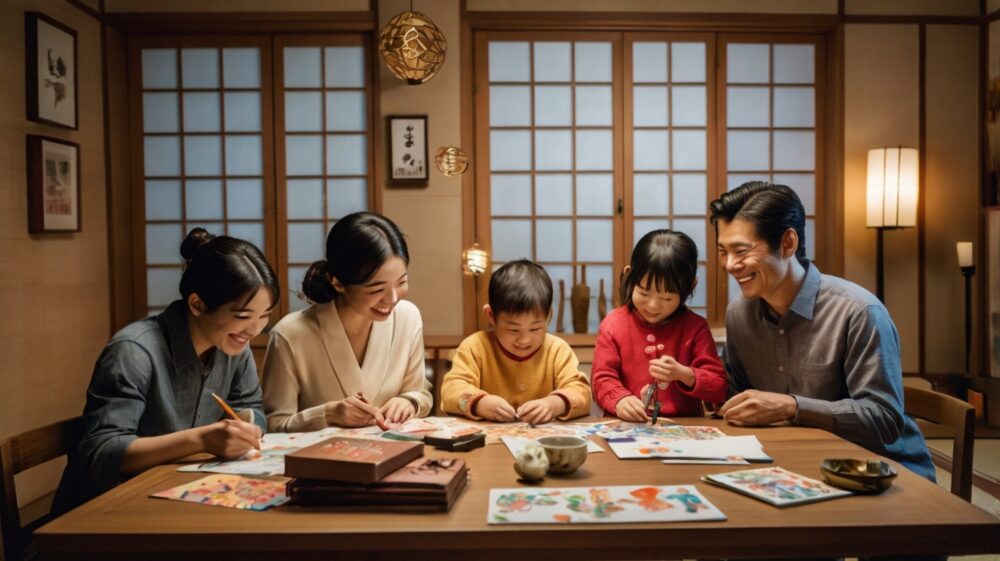
2. Transitions of Traditions
Sending New Year Cards
Nengajo, or New Year’s cards, are a timeless Japanese tradition. These postcards are sent to family, friends, and colleagues as a way to express gratitude and good wishes for the upcoming year. People often decorate it with designs related to the Zodiac Animal of the Year, heartfelt messages, or personalised photos.
Japan Post even ensures that Nengajo arrive precisely on January 1st, adding to the excitement of the New Year. Writing these cards requires thoughtfulness and effort; each message reflects the sender’s appreciation and connection to the recipient. Sending and receiving Nengajo is a heartwarming way to start the year.
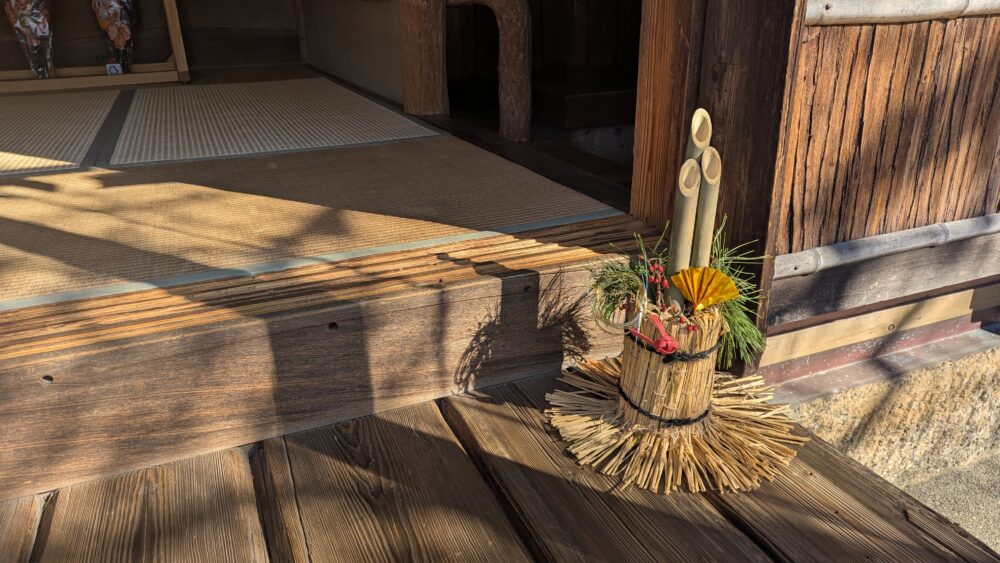
Putting Shogatsu Decorations
As New Year’s approaches, homes and businesses across Japan are adorned with traditional decorations. Kadomatsu (bamboo and pine arrangements) are placed at entrances to invite good fortune, while Shimenawa (sacred ropes) are hung to ward off evil spirits.
Also, Kagami mochi, a stack of rice cakes topped with a mandarin orange, symbolises prosperity and balance. These decorations are deeply rooted in Shinto beliefs, reflecting gratitude to nature and the gods. The act of putting them up is a thoughtful process that families often do together. Once in place, the decorations set a festive yet serene tone for welcoming the New Year.
Endangered Tradition
In recent years, with the rise of social media, fewer people are sending Nengajo. According to recent reports, the number of people sending them has dropped by Nearly Half Over the Past 20 years. Through this post, I want to raise awareness about this tradition, which is a unique part of Japanese culture, and highlight the fact that it’s facing a real risk of disappearing.

3. December Is the Busiest Time
So Much to Do for the New Year
December is a bustling time for shopping as families prepare for the New Year. Supermarkets and department stores are crowded with people buying ingredients for Osechi Ryori, traditional New Year’s dishes. Popular items include seafood, sweetened black beans. Stores also sell mochi for traditional rituals and decorations like kadomatsu.
Additionally, the final weeks of December are packed with deadlines as businesses prepare to close for the New Year. Employees work tirelessly to complete projects, organise documents, and finalise reports. For many, this is the busiest time of year as they aim to start January with a Clean Slate. That may reflect briefly our characteristics.
Personal lives are equally hectic, with families juggling year-end cleaning, shopping, and other preparations. Despite the chaos, there’s a shared determination to wrap things up properly. The sense of accomplishment when everything is finished is deeply satisfying, making the New Year celebrations even more enjoyable and well-deserved.
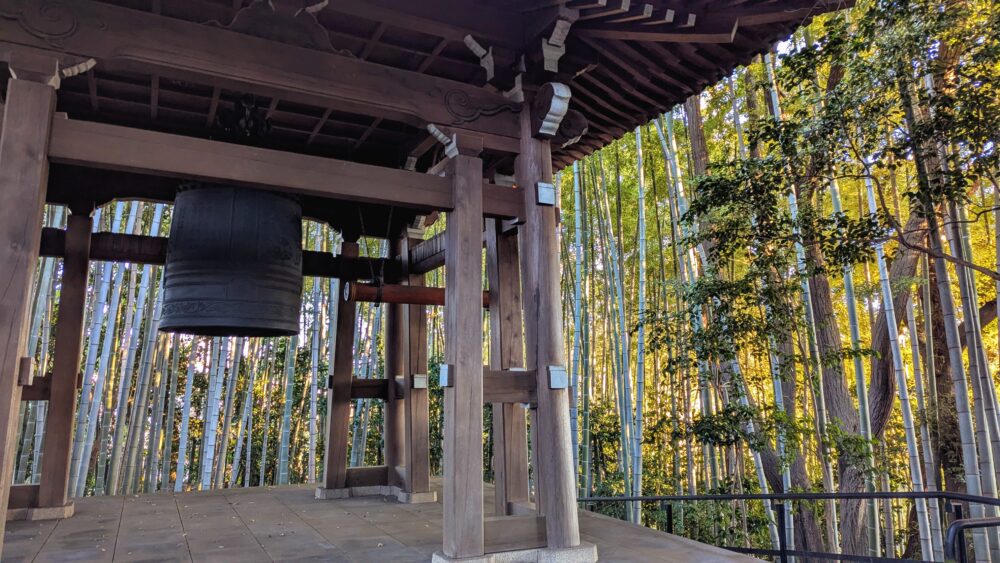
4. Thanks for 2024
From year-end cleaning and Bonenkai parties to shopping and decorating, every task is infused with a sense of purpose. These customs not only prepare for the New Year but also reflect core values like Gratitude, Reflection, and Renewal. By the time New Year’s Eve arrives, there’s a collective sense of accomplishment and readiness to embrace the year ahead with hope and positivity.
Finally, I want to express my gratitude for the year 2024. Since starting this blog, I’ve had the opportunity to learn more deeply about Japanese culture and make unexpected discoveries during my travels. Although it’s been gradual, I can feel myself growing. In the coming year, I aim to work hard to share this blog with more people. Through this process, I’ve realised that Growth Happens Step by Step.


